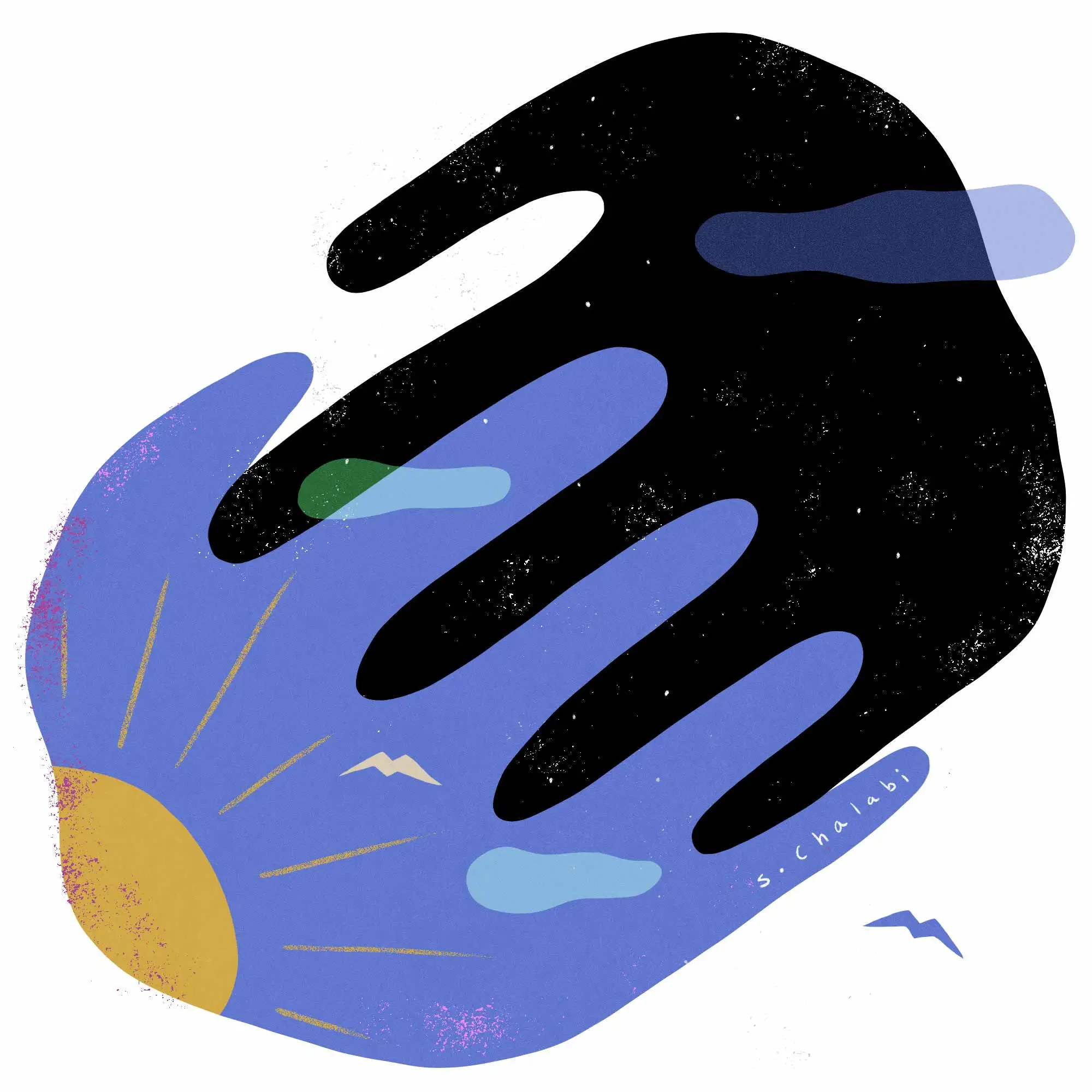Luisa Dantas on artist-advocate collaboration
Luisa Dantas is a Brazilian-American media maker working at the intersection of storytelling, social justice, and their impact on where we live.
Should the revolution be artist-led and movement-informed or vice versa? Can it be both? This question propels the Just Cities Narrative Shift Project, a multi-disciplinary media and organizing initiative that brings together dozens of professional artists and advocates from across the country to transform deeply held narratives about land, housing, and race. This may sound like a typical participatory creative media endeavor but, as project director, I can attest that it has challenged many ingrained notions about power, control, and creative practice.
Funded by Ford’s Cities and States program, the project began with a cohort of communicators, organizers, and policy wonks from 16 land and housing justice organizations in cities across the U.S. These advocates did not initially identify as storytellers. Enter the professional writers, visual artists, mediamakers, and journalists with experience in community-engaged storytelling. These artists helped the advocates identify and debunk harmful narratives while articulating an alternative vision for the future that could fuel long-term organizing. The advocates and artists then used this analysis to develop a suite of multimedia projects—including two podcasts, a video game, an animated web series, and a children’s picture book—that tackle timely problems like the eviction crisis while envisioning a future where communities control the fate of the land and housing they call home.
Doing this work has challenged us all to push past our notions of what constitutes authentic “collaboration” between artists and advocates. We artists quickly realized that many of our previous collaborations with advocates were largely performative; despite consulting with or even centering community members, we ultimately controlled the creative vision and outcomes. Meanwhile, advocates confessed to often having transactional relationships with artists, entrusting them only with the technical aspects of storytelling while sidelining them when shaping policy or organizing goals.
If we are truly to envision a radically equitable future, it requires artists and advocates—and the funders who support their work—to transcend sectoral siloes and forge a different path to power-building through creative collaboration.
- It takes time (and money). The adage that collaboration occurs at the speed of trust has never been truer. A participatory process in which all voices, visions, and experiences are not only heard but heeded requires time and resources. In addition, most social justice organizations are consumed by rapid responses to daily crises, but shifting narratives is long-term, iterative work. We engaged in at least 10 months of development on each project, which included regular in-person and virtual meetings with all the creative stakeholders. This is a luxury in which most artists and advocates who depend heavily on funding that emphasizes product over process do not have access. For funders interested in supporting creative work to shift narratives, this means being willing to support the time for robust project development with dedicated resources and longer grant timelines.
- Shed the “I” in authorship. In an equitable, truly collaborative environment, there is very little room for a singular vision or concentrated creative control. If a project is going well, you should quickly lose sight of where each stakeholder’s contribution begins and the other’s ends. For example, our web series Mine is written by a “writers room,” whose 10 artists and advocates play an equal role in writing each episode. For artists, this requires a conscious effort to let go of the individualistic auteur model that has been drummed into many of us. It also means making creative compromises. Many of us have been taught to associate explicit advocacy with pedantry and propaganda. It’s infinitely more interesting to view the advocates and experts as our guides into the nuance and complexity of the stories we’re co-crafting.
- Crash racialized gatekeeping. Repeatedly, we were told by experienced, mostly white advisors that we would not find BIPOC collaborators to fill specialized creative and leadership roles in our projects. Yet every project is led by Black and/or POC artists and advocates in key creative decision-making roles. One way to achieve this is by researching and connecting with BIPOC grassroots networks like Drawing While Black, a valuable resource spotlighting independent Black animators and designers. Having diverse leadership has also directly impacted our storytelling: our team chose to make every major protagonist and secondary character Black or a POC. For artists and advocates, this requires shedding the ubiquitous notion that storytelling is only effective if it reaches “beyond the choir” and elicits empathy from mainstream, predominantly white audiences. Audiences are activated by seeing and hearing themselves accurately represented.
- Walk the walk. The artists and advocates on each team model the messiness and beauty of sharing power and building community. By working out the nitty-gritty of everything, from audience and character arcs to a theory of change and campaign tactics, we’ve learned that effective storytelling and organizing go hand in hand. When collaborating, advocates and artists must forge a common language and shared vision, not by erasing or diluting the differences in approaches or expertise, but by figuring out how they complement each other in creative and strategic ways. Advocates can and should be equal participants in story and script development, art design and production. Artists can and should be part of developing campaigns and policy asks. This is encapsulated by the deceptively simple motto of the utopian community in our animated web series, Mine: “Everyone contributes, everyone benefits.”

This essay is part of CREATIVE FUTURES, a series of provocations by thinkers across the arts, documentary, and journalism on how to reimagine their sectors.